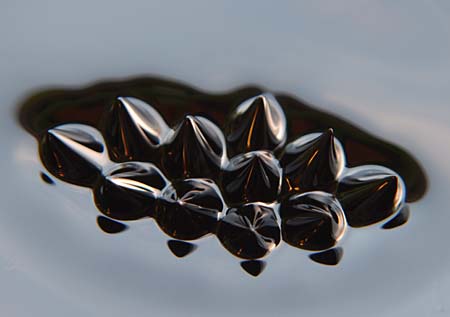

They suggested that some nanofluids with suitable thermophysical properties can be used in the refrigeration system as the secondary working fluids in condenser. investigated the thermophysical properties of nanofluids of silver and single-walled carbon nanotubes by dispersing them in distilled water. Suspending nanoparticles in a suitable carrier liquid alters the flow and heat transfer properties of the base fluid. Choi, by adding nanoparticles to the fluids, presented an innovative way to improve their thermal conductivity. By substituting these with higher thermal conductivity fluids, the performance of such devices can be improved. The cooling operation of many industrial systems is restricted by using traditional heat transfer fluids such as water, kerosene and ethylene glycol, which have poor thermal conductivity. Cooling performance was enhanced by ~ 7% when the concentration of nanoparticles in ferrofluid was increased from 2 to 6% and by ~ 4% upon the application of magnetic field. It was found that cooling by ~ 20 ☌ was achieved when temperature of heat source was maintained at 85 ☌. The performance of the device on various parameters like volume fraction of nanoparticles, the temperature of heat source and strength of the magnetic field has also been studied. The system is self-regulating and requires no power or pump for flowing of the fluid in the loop. A functional self-cooling design employing ferrofluid (as a coolant) was demonstrated in which the system uses heat from the heat source and a permanent magnet to maintain the fluid flow that transfers heat to heat sink. Magnetic characteristics were investigated using a vibrating sample magnetometer, and saturation magnetization of nanoparticles was found to be 23.72 emu/gm with negligible coercivity and retentivity showing superparamagnetic behaviour. Morphology and particle size were elucidated using high-resolution transmission electron microscopy.

Structural studies were investigated using X-ray diffraction technique that confirmed the formation of single-phase cubic spinel structure.

This paper reports the synthesis of Fe 3O 4 ferrite nanoparticles and ferrofluid via a coprecipitation method.


 0 kommentar(er)
0 kommentar(er)
